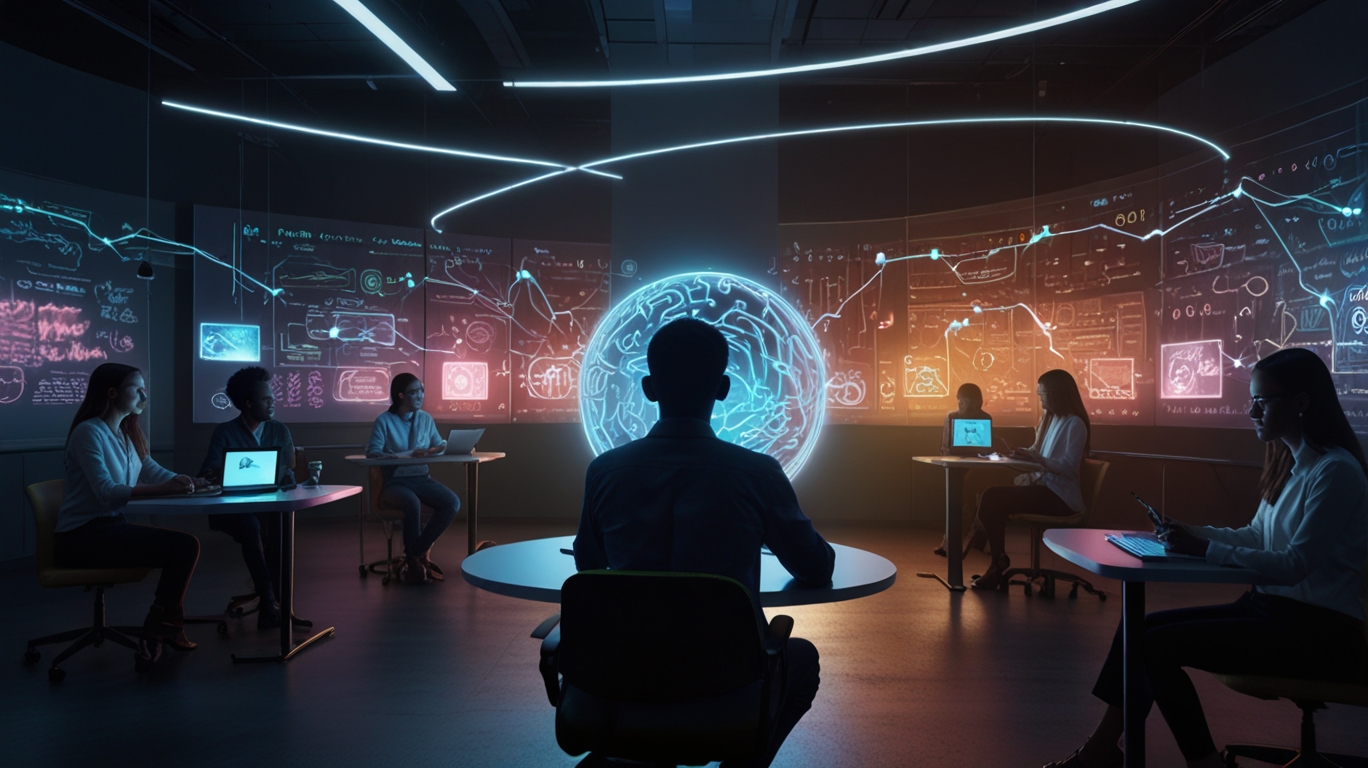AI

2025/05/10
What is Artificial Intelligence?
A more formal definition provided refers to AI as machine-based systems that, given human-defined objectives, can make predictions, recommendations, or decisions influencing real or virtual environments5. These systems interact with us and act on our environment, and can potentially appear to operate autonomously and adapt their behavior by learning about the context. This definition is broad enough to include data-driven techniques like artificial neural networks and deep learning, as well as rule-based or symbolic AI
AI is often described as not a single thing, but rather an umbrella term for a growing set of modeling capabilities and technologies that demonstrate aspects of intelligent behavior. Key subfields mentioned include Machine Learning, Neural Networks, Deep Learning, Computer Vision, Natural Language Processing, Automated Planning and Scheduling, Optimization, Knowledge Based Systems, and Robotics. Recent successes in AI build particularly on increased computing power, advances in machine learning, and the availability of big data
At its core, AI is a capability that allows machines to learn from experience, adjust to new inputs, and perform tasks typically requiring human intelligence. This is made possible by processing large amounts of data and recognizing patterns within that data, which trains computers to accomplish specific tasks. Software learns automatically from patterns or features in data by combining large data volumes with fast, iterative processing and intelligent algorithms